With an official launch of Legends of Runeterra rapidly approaching, Riot Games outlined future development plans and areas that need improvement today.
It’s been nearly seven weeks since the launch of the LoR open beta on PC, and with the release of a mobile/PC open beta this morning in Singapore, an official launch isn’t too far off. Riot has been proactively addressing necessary changes and further improvements since the open beta release. The company continues to do so with its first official LoR “State of Open Beta” address.
Overall successes and upcoming improvements
The goal with LoR was to provide players with a digital card game full of interactive strategy through interactive gameplay, optimized for PC and mobile. Riot has been proactive in seeking feedback from casual to pro-level players. And while there are many positive aspects of LoR, there’s also room for more improvements.
What’s working
Overall gameplay has been well received and players are happy with champions having similar aspects to their League counterparts. Interactive gameplay has also been a plus, producing unique strategies and combos that have flooded the meta over the last six weeks.
What’s being improved
Text clarity on cards has been a concern from new and veteran card players and Riot is continually seeking to improve this aspect of the game. The same goes for UI and deck-builder improvements. Although recent changes were made to all three aspects of the game, more alterations are on the way.
Another area of concern was the timer. From roping to being timed out due to animations and spell use, Riot plans on making further adjustments during the next two updates.
LoR meta
Riot developers have several core goals for LoR and its metagame as new regions and cards are introduced over time.
- No bad cards
- Monthly card updates
- New cards and content
- A slow and steady progression
Since the release of the LoR open beta on PC, the meta has been diverse with new combos and decks popping up on the ladder daily. But the devs and designers also see room for improvement. To ensure the core goals are being met, performance metrics are based on card play rate, card win rate, and deck win rate.
- Card play rate: This includes champions. Rubin Zoo mentioned in the 0.9.0 LoR update that “every card and champions’ dream is realizable for every player.” The team is aware that some champions are missing the mark and need further tweaking in the form of buffs and nerfs.
- Card win rate: Data regarding cards that need changes comes from Platinum and above tiers on the ranked ladder. Regions of the cards are also taken into consideration
- Deck win rate: Incorporated into the card win rates, Riot is watching how cards are performing in their best region combinations to isolate problems with certain matchups and make necessary changes as needed.
Based on the data from the last six weeks, Riot has identified several areas that need improvements.
- Health patterns: To keep the meta healthy at all times, Riot has implemented a “watchlist.” Right now, the watchlist includes Fearsome and Elusive decks, along with the recently added Ezreal Frostbite decks.
- RNG: The LoR teams believe RNG should never take “the lead,” and that players should be able to adapt. The Elnuk package has recently come under scrutiny due to its overpowering nature and will likely receive some form of nerfing in an upcoming update.
- Overpowered regions: Shadow Isles has outperformed the other LoR regions, according to data obtained by Riot. Each region was designed to have several weaknesses, but cards like Mark of the Isles and Frenzied Skitterer have mitigated those weak areas. Adjustments are on the way and Riot is working on future regions that have a distinct weakness implemented in the design process that players will have to build around.
- Low play rate champions: Riot has identified champions like Vladimir and Shen to have low play rates that need improvements. To improve their play rates, the LoR team is focusing on improving these champions’ supporting cast. Kalista also has a low play rate and may receive a buff in the near future.
- Consumptive champions: Champions like Yasuo and Ezreal fall into this category, able to destroy an opponent and their strategies upon leveling up. Changes aren’t on the docket for these champions, but the team is being careful about designing future champions with these types of skills and abilities.
LoR economy and progression
Over the course of the last six weeks, Riot has conducted numerous surveys regarding the economy and progression systems. And while the organization and initial data suggest a majority of players are happy with both, areas of improvement have also been identified.
- Collecting: Around one-third of the player base has said that “the decks they want to play feel unattainable,” according to data collected from the LoR team. This is due to poor RNG in rewards, especially with champions. The team plans to update reward distributions with less randomness prior to the official launch.
- Hoarding wildcards and shards: Experimentation with various decks is also lower than the team would like, with players stockpiling wildcards and shards. Updates to improve predictability and encourage the use of wildcards are in development and are expected to be implemented prior to the official launch.
- New player experience: Riot is developing systems that will accommodate “those who can’t play much outside weekends, those who want to grind all night, new players just joining the community, and would-be players who might have passed on LoR initially because of the higher time barrier to entry.”
The future of LoR
In addition to updates and improvements being made, the team is focused on the LoR mobile and global launch, along with the next set of cards. New cosmetic lines that will include boards and pets are also coming, along with additional modes and formats. Modes and formats have been identified by the LoR team as a need in the future and development for these will begin this year.


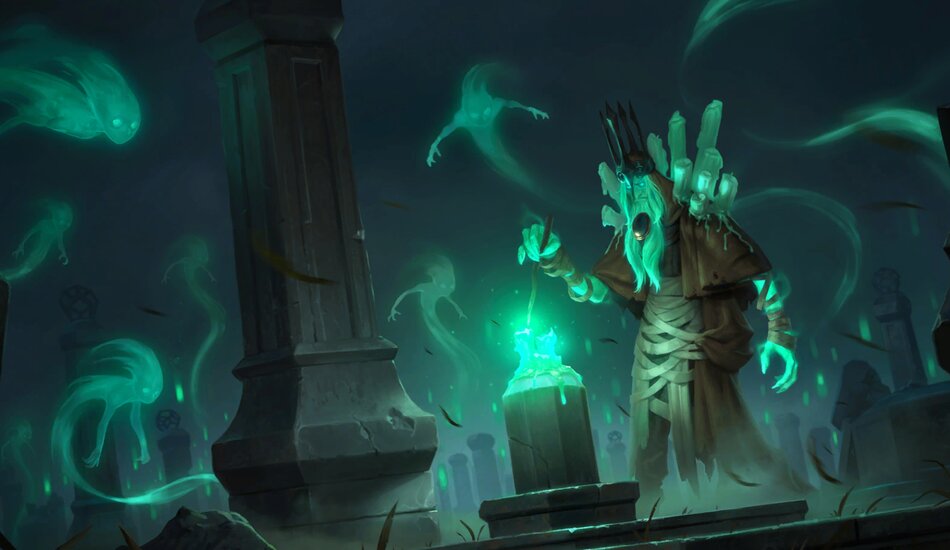
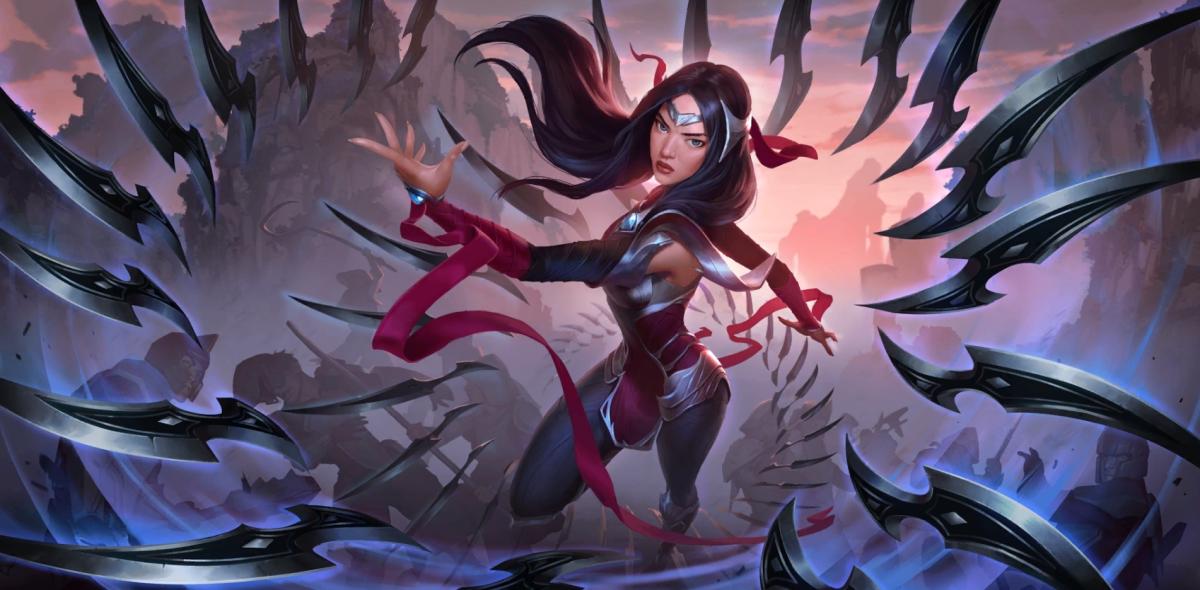
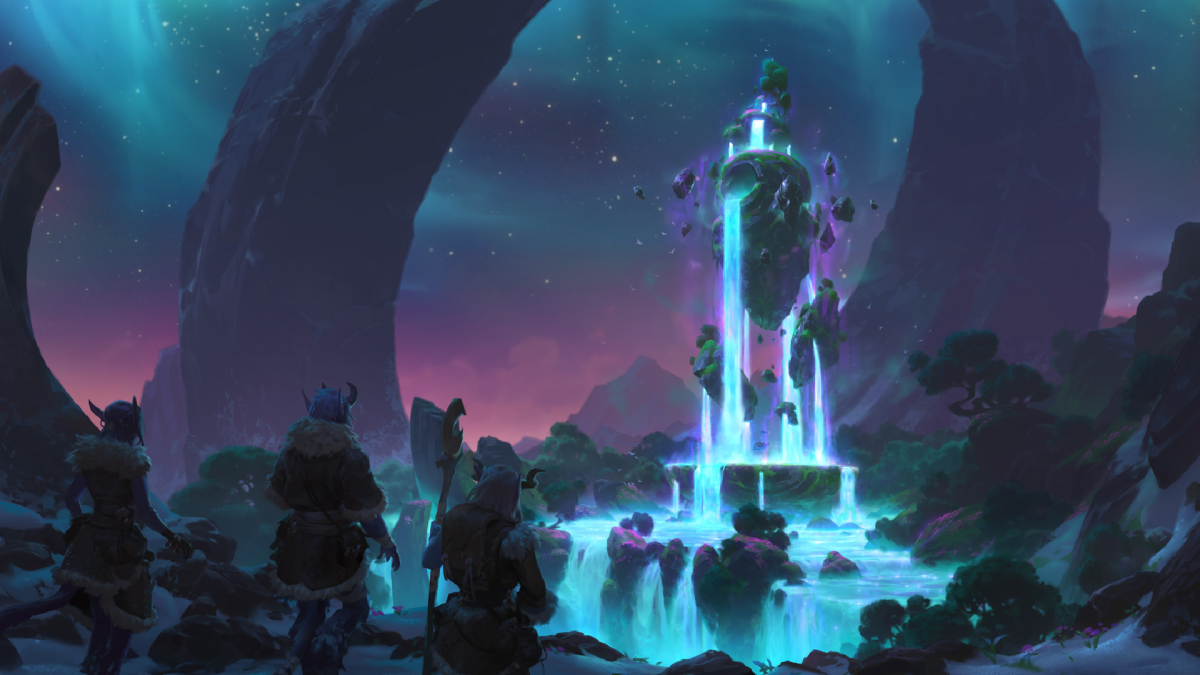
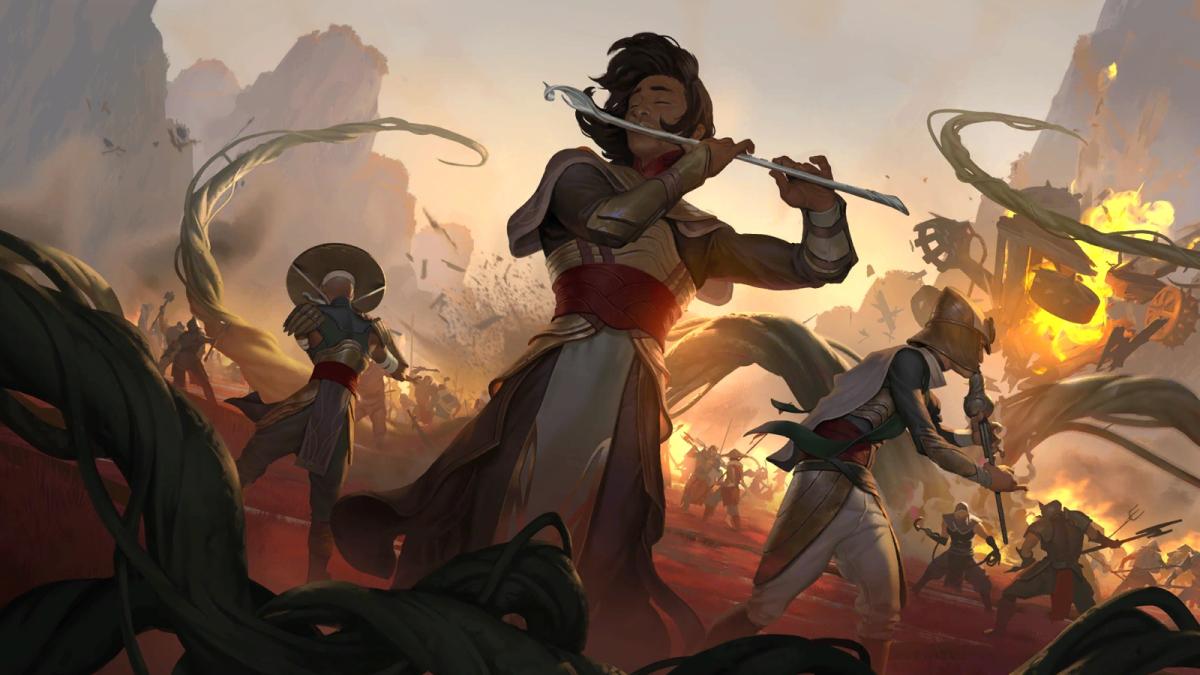


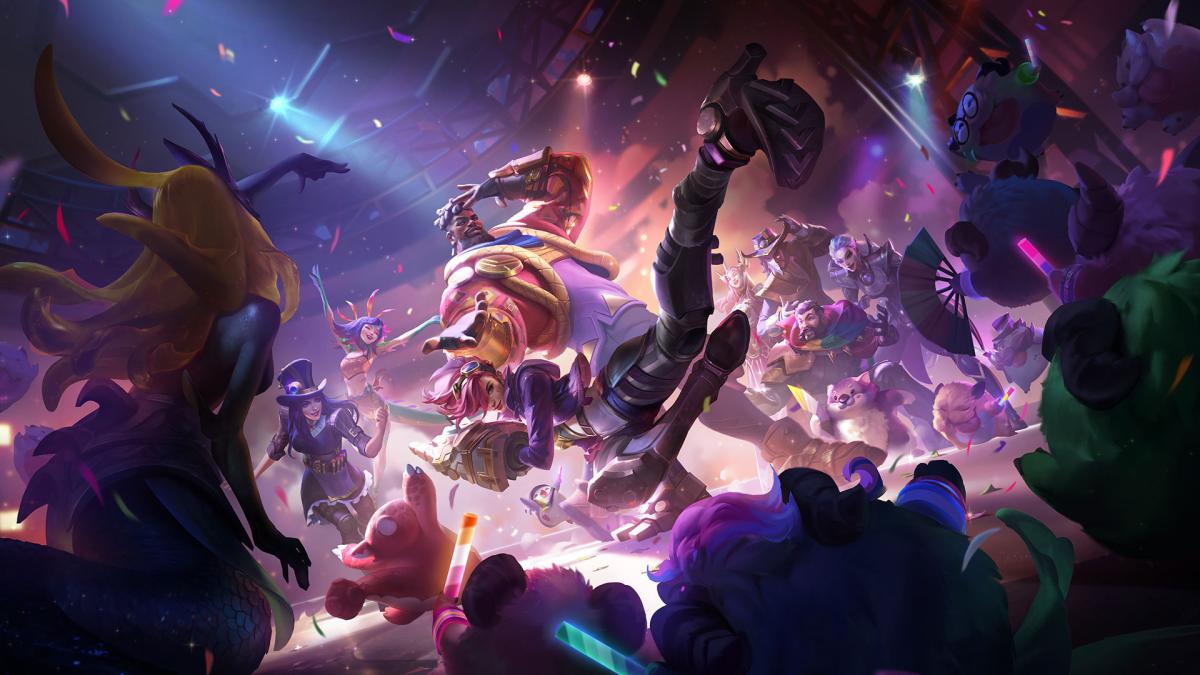
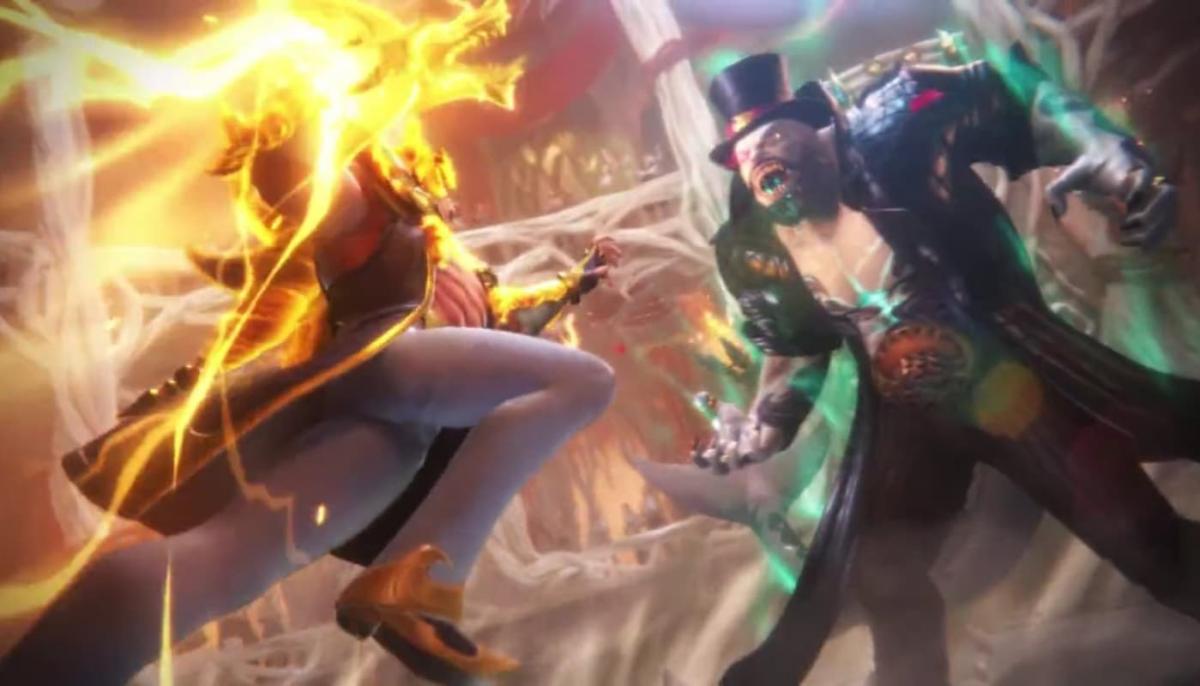
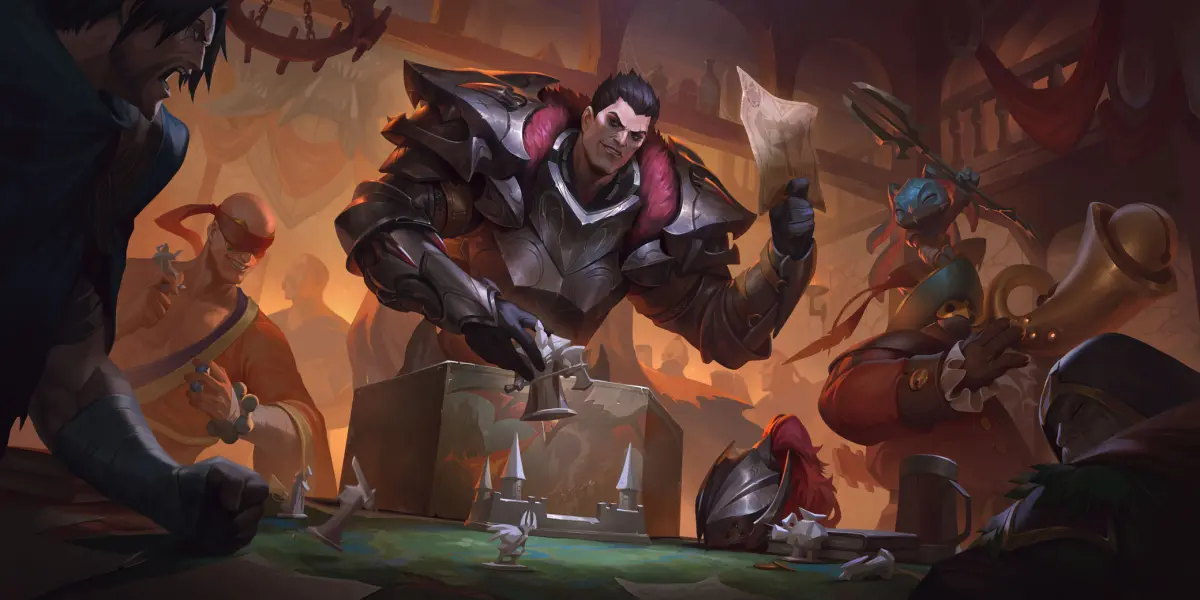


Published: Mar 11, 2020 01:14 pm